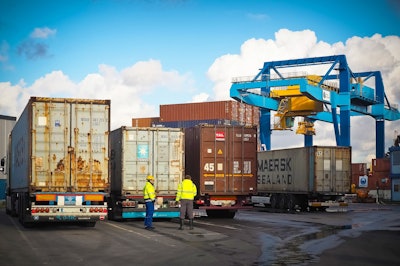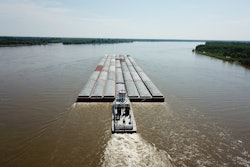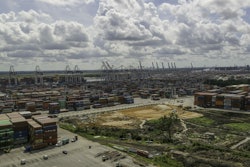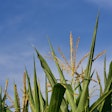
The shift to consumption of goods from services spurred by pandemic-related restrictions continues to pressure markets across the globe, creating a record backlog of freight containers filled with imports at America’s busiest ports.
Average monthly import container rates for 2021 are already up 18% at Los Angeles, 17% at Long Beach, 23% at Virginia and 22% at Savannah ports compared to the prior three-year average.
With the holiday season quickly approaching, consumer purchases of goods are expected to increase dramatically and will be manifested, partially, in increased container imports.
Increased wait times and delays also disrupt domestic surface transportation networks, including the trucking and rail industries. Trucks scheduled to retrieve freight that is unavailable are directed elsewhere.
Reports of increased reliance on truckload spot markets to move goods that arrive within unknown timeframes are widespread, contributing to increased transportation rates.
At some ports, unloaded containers with no trucks to retrieve the goods are piled high. This complicates the ability for terminal cranes to quickly sort through and load orders, further exacerbating delays and further overloading the supply chain’s overall capacity.
These inefficiencies, present at some of the most economically valuable seaports for U.S. agricultural commodities, threaten the bottom lines of farmers and agribusinesses who rely on foreign outlets to sell their products.
The cost of purchased agricultural inputs also increases, tightening already shrunken farm-level margins and putting the solvency of many operations at risk.
Efforts to improve port terminal throughput via optimized management approaches, improved access to labor and increased infrastructure investment are essential to fulfilling foreign trade obligations vital to farms and agribusinesses across the country.
This blog is digested from the American Farm Bureau Federation's latest Market Intel. Click to read the full report and view charts here.


.png?auto=format%2Ccompress&fit=crop&h=167&q=70&w=250)














